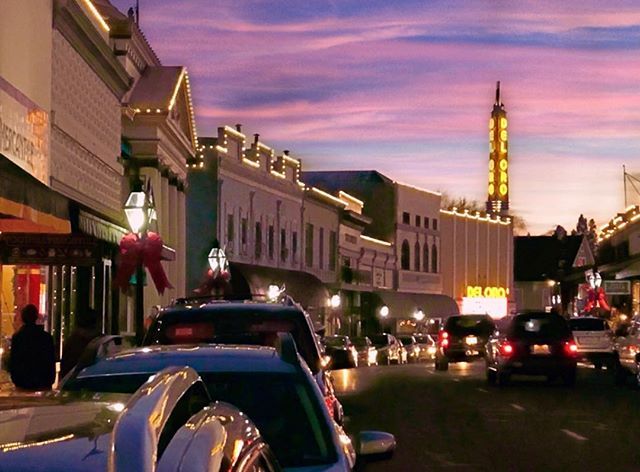History & Geology
Prospecting With The Help of Fluvial Geomorphology
March 2011 by Jim Halloran
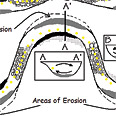 Quiz yourself about the stream in figure 5. Based on your previous knowledge of where gold is found in a stream and in this article, where do you think you will find the most gold?
Quiz yourself about the stream in figure 5. Based on your previous knowledge of where gold is found in a stream and in this article, where do you think you will find the most gold?
Mass Wasting & Gold Deposits
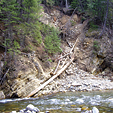 Not all of these slides and debris flows will produce results, but if you search for these while prospecting in your gold producing areas, then you can increase your odds of finding new gold.
Not all of these slides and debris flows will produce results, but if you search for these while prospecting in your gold producing areas, then you can increase your odds of finding new gold.
Alaska Gold: Lisianski Inlet's First Bonanza
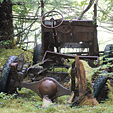 In 1967, a local resident showed me a pouch of small gold nuggets and flakes. Several years later I asked the same person where that gold was found. He responded, “From the streambed below the old stamp mill at Apex.”
In 1967, a local resident showed me a pouch of small gold nuggets and flakes. Several years later I asked the same person where that gold was found. He responded, “From the streambed below the old stamp mill at Apex.”
Eolian Placer Gold
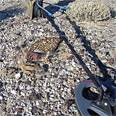 I would first like to mention that I am not a geologist. I have, however, spent the last 8 years intently searching for gold nuggets with a metal detector. I have found gold in numerous locations, and in several different types of gold deposits.
I would first like to mention that I am not a geologist. I have, however, spent the last 8 years intently searching for gold nuggets with a metal detector. I have found gold in numerous locations, and in several different types of gold deposits.
When Legends Were Made and Fortunes Found
Sylvester Smith and his younger brother Nathan were among this group who rode and led their Indian ponies, while climbing the rugged Salmon River breaks and rockhewn mountains, looking for a path that would lead them up and over the uncharted wilderness.
How Far Has That Gold Traveled?
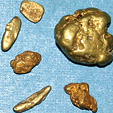 Let’s examine why your placer gold looks the way it does and what you can tell about its journey based upon its appearance.
Let’s examine why your placer gold looks the way it does and what you can tell about its journey based upon its appearance.
Your Guide to Prospecting in Alaska
Alaska is getting a lot of interest these days, not least because of all the gold prospecting shows on television. Hardly a month seems to pass without some new prospecting show being announced, and a couple of the most popular feature Alaska.
Subscription Required:
The Bawl Mill
• So You Want To Be A Full-Time Prospector?
• Ask The Experts—Do I still have rights to this mining claim?
• Ask The Experts—What is a "closed" claim?
• Eastern Arizona: Gold and Base Metal Deposits Part II
• Rediscovering Placerville, California Part II
• Oregon Anti-Dredging Bill
• Mud Men: Pocket Miners of Southwest Oregon Part II
• The Gold of Plumas de Oro
• Melman on Gold & Silver
• Mining Stock Quotes and Mineral & Metal Prices
Free:
2011 Gold Prospecting & Mining Summit April 23-25 in Placerville
• Legislative and Regulatory Update
• Cue Resources Seeks Uranium in Paraguay

